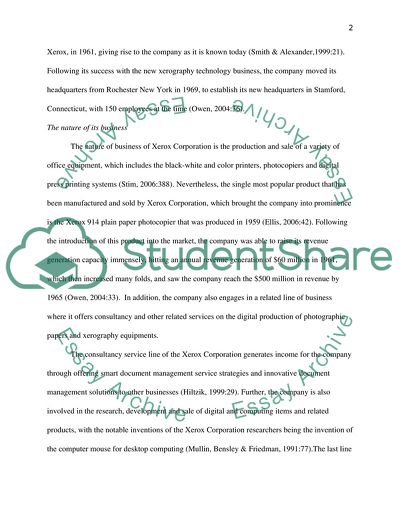Cite this document
(Strategic Auditing Case Study: Xerox Corporation Study, n.d.)
Strategic Auditing Case Study: Xerox Corporation Study. https://studentshare.org/finance-accounting/1863658-strategic-auditing-case-study-xerox-corporation
Strategic Auditing Case Study: Xerox Corporation Study. https://studentshare.org/finance-accounting/1863658-strategic-auditing-case-study-xerox-corporation
(Strategic Auditing Case Study: Xerox Corporation Study)
Strategic Auditing Case Study: Xerox Corporation Study. https://studentshare.org/finance-accounting/1863658-strategic-auditing-case-study-xerox-corporation.
Strategic Auditing Case Study: Xerox Corporation Study. https://studentshare.org/finance-accounting/1863658-strategic-auditing-case-study-xerox-corporation.
“Strategic Auditing Case Study: Xerox Corporation Study”. https://studentshare.org/finance-accounting/1863658-strategic-auditing-case-study-xerox-corporation.


